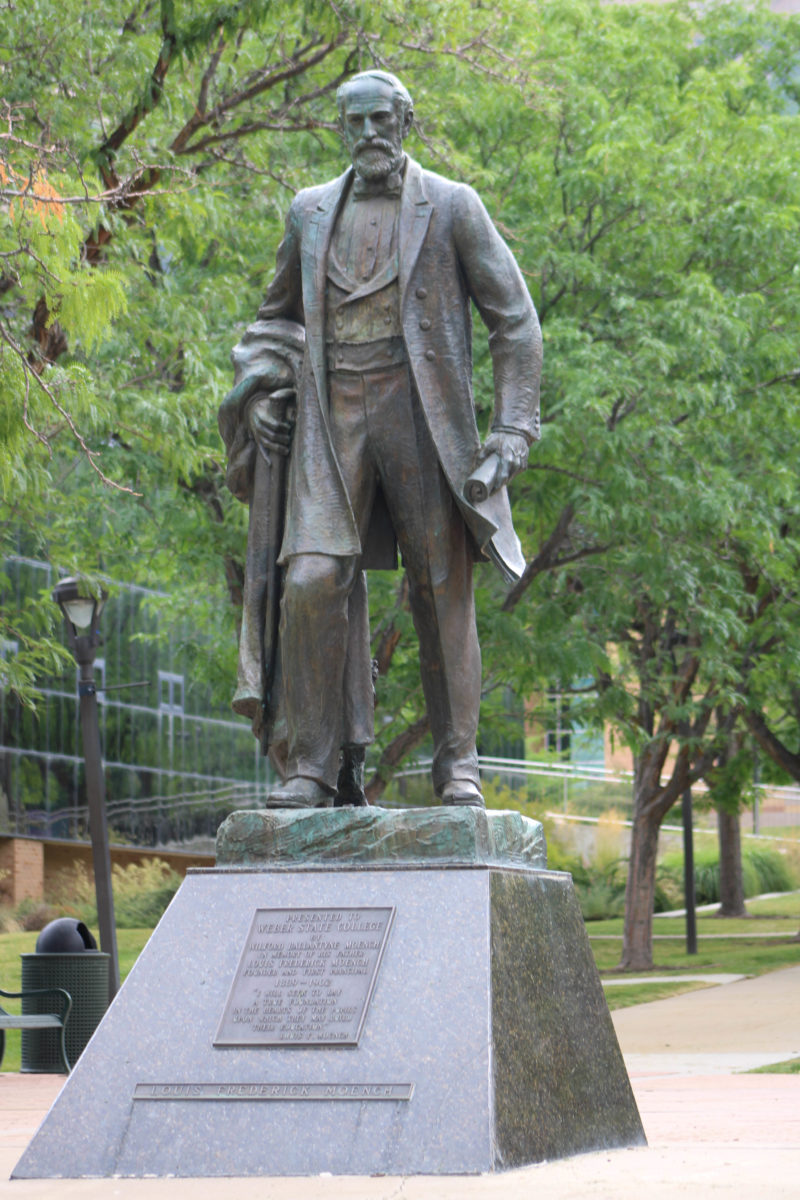Figures like Sojourner Truth and Clara Barton have been proving their strength and integrity equal to that of men in America for over two centuries, but human history is full of real-life heroines of mythic proportions and has been for well over two thousand years — though they seldom get the recognition afforded their male counterparts. So I’d like to do my part to bring attention to two of my own female heroes: Queen Zenobia of the Palmyrene Empire and Boudicca of Celtic Britannia.

Standing today in modern-day Syria are the ruins of one of the most multicultural metropolises of the ancient world. Though badly scarred from recent ISIS occupation, the city of Palmyra is an archaeological wonder, and at the height of its influence, Zenobia was its empress. In the mid-third century, when her husband and then-protector of Roman Mesopotamia, Odaenathus, was succeeded by his son Vaballathus, Zenobia ruled as queen regent in his stead.
Under her dominion, Palmyra became a sort of bouillabaisse of ancient culture, her empire stretching from Central Asia to Egypt. Her capitol city became a center for learning — accommodating an array of religions and marrying eastern and western cultures — visible today in its unprecedented architectural style. Around 271 CE, Zenobia severed her empire from Roman rule, declaring herself empress and provoking open war with Emperor Auralian.

Ultimately, Zenobia’s army — tens of thousands of soldiers strong — after a near victory was flanked by Roman forces, and the queen regent was captured on the borders of Persia. Auralian paraded Zenobia in chains before the people of Rome and warped her image in Palmyra with propaganda, painting her reputation as a heroine with that of a coward and a fugitive.
Despite her fate as a Roman captive, her empire, except in scale, was not unlike those of Alexander the Great or Augustus, and her image resonates as an inspiration to this very day. In 2015, a bronze statue of the warrior queen Zenobia was erected in Damascus, a symbol of defiance against ISIS.
Two hundred years before Zenobia, another woman warrior was picking fights with the Romans. In Britain, in what is Norfolk county today, not long after Emperor Claudius had conquered the lower half of the isle, the Celtic King Prasutagus aligned himself with the exponentially more powerful Roman Empire, as had Zenobia’s husband Odaenathus — that is, however, until his kingdom was pillaged by legionnaires, his daughters raped and his wife, Boudicca, beaten, according to the Roman senator and historian Tacitus.
As rebellion simmered and whispers of revolution were on the lips of the more defiant Britons, Boudicca was chosen to lead the fight. She and her rebels first sacked a Roman colony in modern-day Essex, an outpost with a reputation for hostility against British natives. The settlement was all but razed to the ground, and when reinforcements arrived to save the city, Boudicca’s rebels only allowed a handful of cavalry to escape with their lives. This victory was echoed by the fall of two more Roman settlements and a crushed Roman legion as Boudicca and her contingents of Celtic rebels swept across Roman Britannia in a glorious reclamation of their native land. Well, almost.
Emperor Nero nearly abandoned Rome’s campaigns in Britain, according to the Roman historian Suetonius, but Boudicca’s defeat and subsequent death, either by suicide or illness depending on which extent text one consults, reinforced the Roman administration’s decision to continue their occupation of Britain. The fact remains that this true warrior — a practically mythic figure whose spirit and prowess on the battlefield eclipsed those of men like William Wallace — still serves as a symbol of feminine ferocity and heroism today, captured by Thomas Thornycroft’s bronze sculpture “Boadicea and Her Daughters,” which stands near British Parliament.
Nearly 2,000 years later, women are still fighting for their place among men, but looking back through the ages, there is no question that women have always possessed a propensity for enduring greatness. The wars modern women fight don’t play out on battlefields and aren’t against massive armies, but their struggles are just as important today. Instead of Romans, women battle centuries of institutional oppression. I’ve witnessed the women in my own life fight with the same ferocity and determination to achieve their goals as these historical leaders fought for theirs.




















